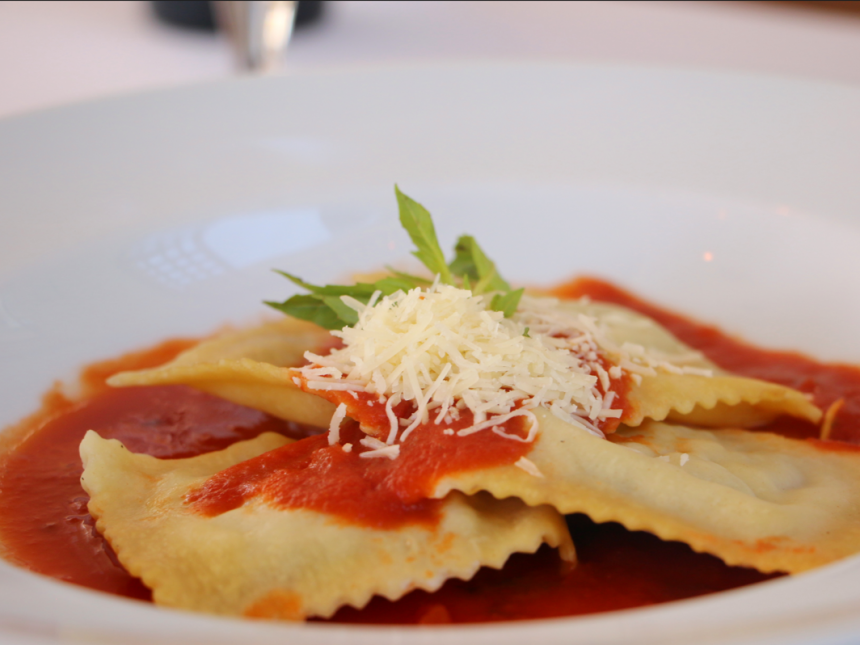Dragon fruit is an extremely popular, very exotic, tropical fruit in the Mexican Caribbean right now. It’s a fresh and sweet tasting cactus fruit with a thick, shiny pink outer skin – there’s also a yellow variety – and the flesh can be either red or white in colour with small black edible seeds similar to those found in a kiwi. It is known as pitahaya in Mexico, the name is of Haitian origin and means scaly fruit.
It’s hugely popular in Central America and Southeast Asia and is starting to stir interest among consumers in North America and Europe too, although it’s still difficult to find in some shops.
In recent years, dragon fruit has become highly sought after in haute cuisine restaurants in Japan and the USA; and thanks to its intense pink colour and sweet flavour it is now being used as a star ingredient in local dishes in the Riviera Maya. It’s common to find it in ice cream, milkshakes and smoothies, but chefs are increasingly starting to experiment with it in salads, ceviches, ravioli, mousse, cheesecake, jam, herbal teas, sauces and cocktails. Maybe because viewers have been inspired after spotting this beautiful fruit on TV shows like Marcel’s Quantum Kitchen and Top Chef Masters.
Dragon fruit is subtle in taste, so people like to experiment with recipes and add other flavours with salads or rose petals.
The attractive appearance of this cactus fruit is not it’s only redeeming feature. Dragon fruit helps to create red blood cells. It’s rich in iron, calcium, phosphorous, and vitamins B, C and E. And 90% of the fruit’s composition is water, making it highly diuretic.
Dragon fruit tastes better when it’s fully ripe. The best way to know when to eat it is by pressing on the outside softly. It should be soft but not too mushy. Once opened, if the flesh is ripe, it separates easily from the skin.
If you find yourself in the Riviera Maya and have the chance to eat some fresh dragon fruit or try one of the fantastic dishes prepared with this sexy fruit, don’t miss out on the opportunity!






